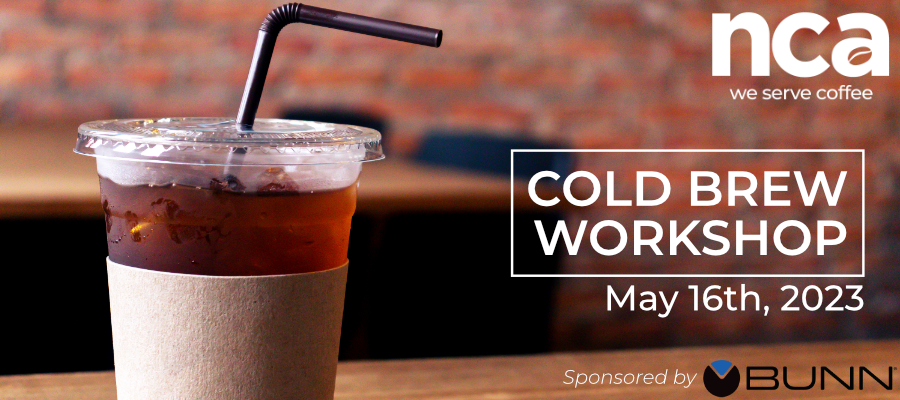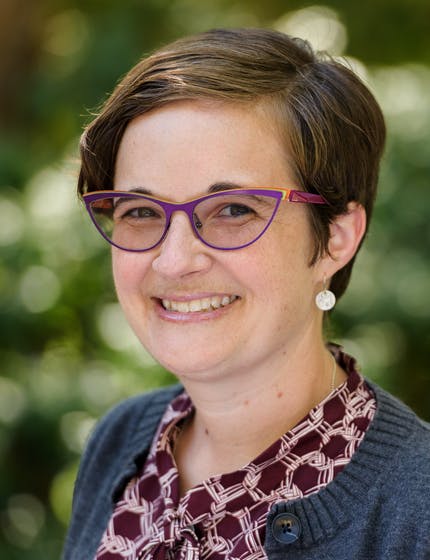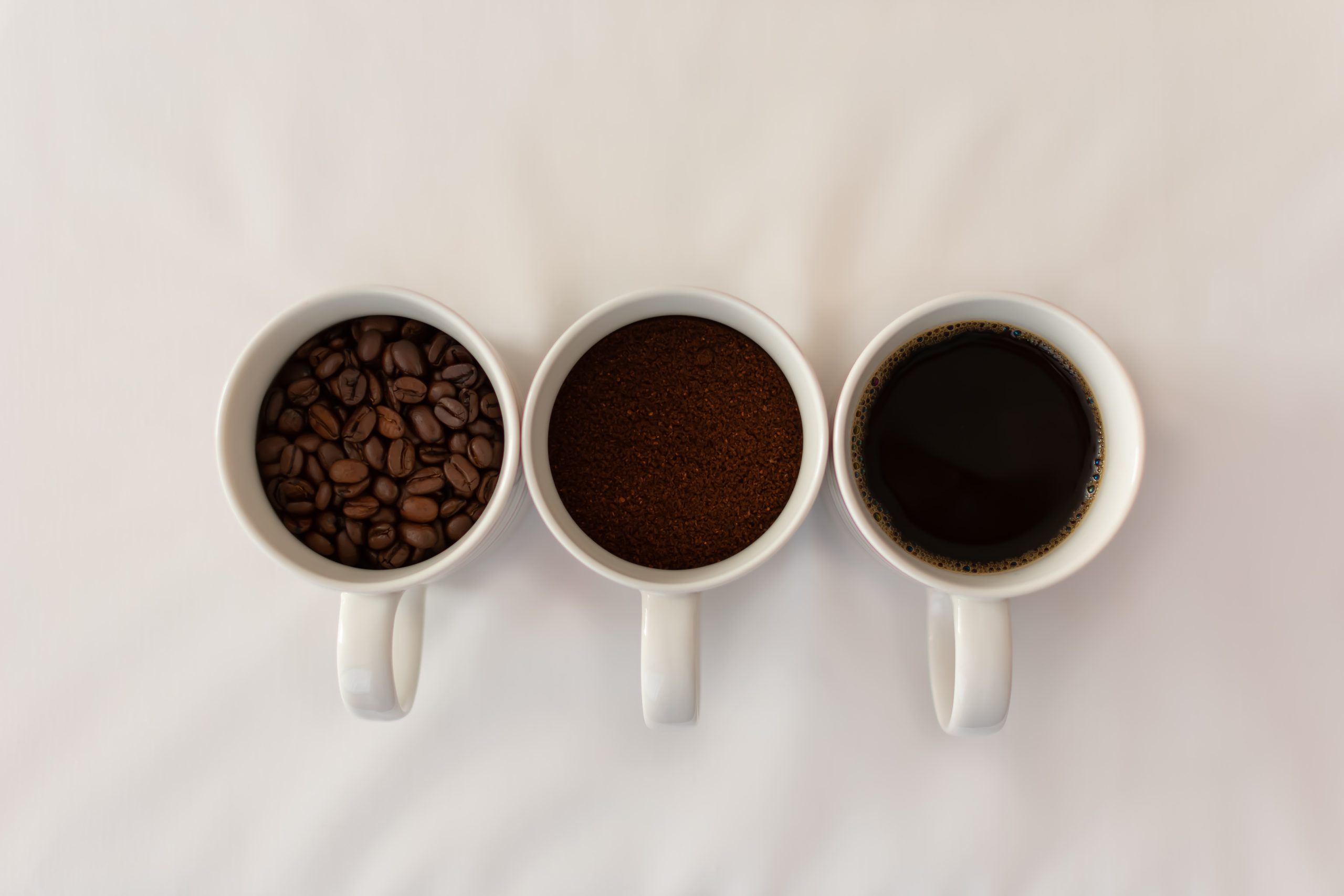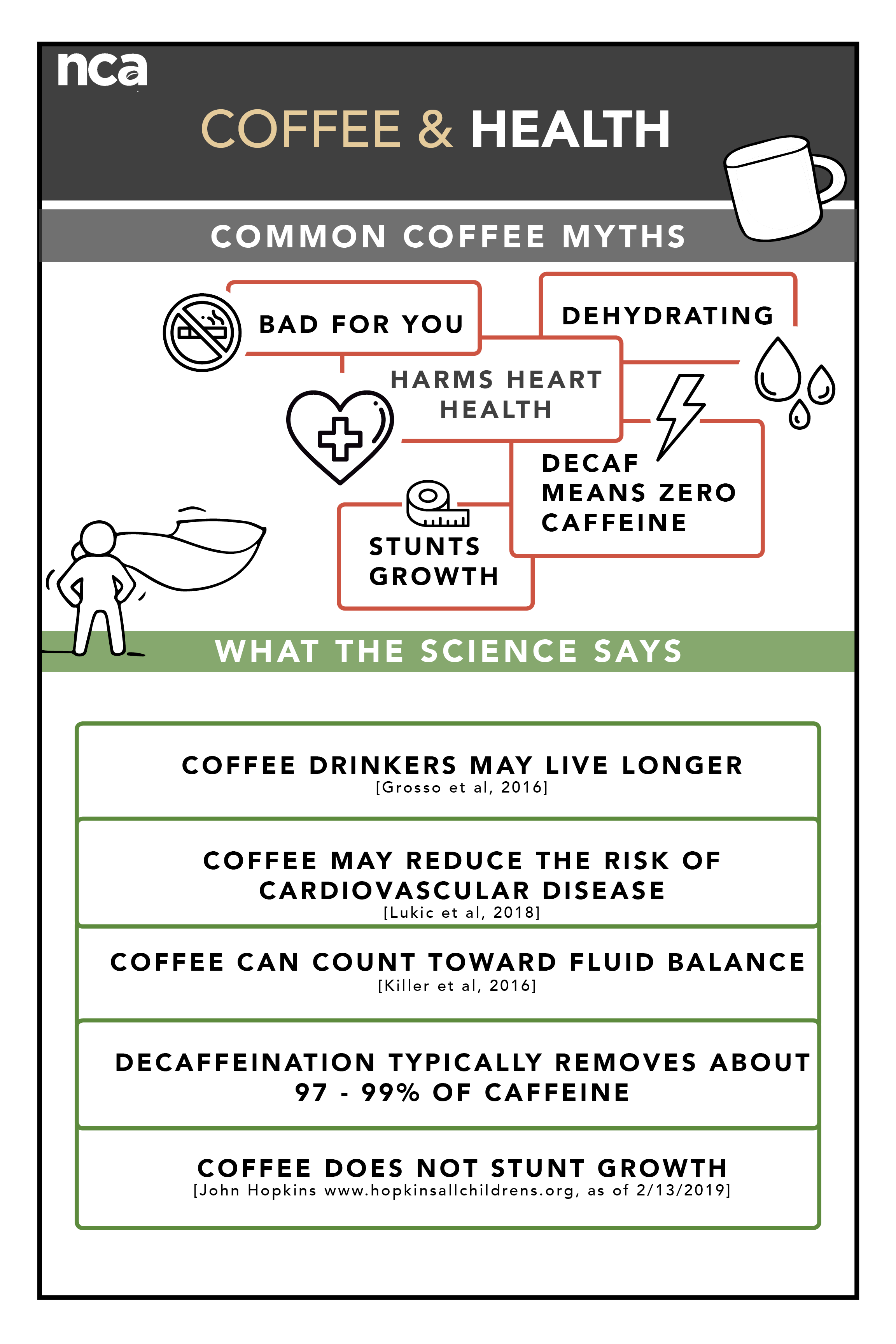Cold brew is red hot — let’s make sure it stays that way
The National Coffee Association is here to help your coffee business navigate cold brew’s evolving regulatory landscape.
Cold brew may not be new, but it’s never been hotter. Demand for the format is off the charts, with 17% of coffee drinkers having had a cup of cold brew in the past week, according to the National Coffee Association’s Spring 2023 National Coffee Data Trends report. Keep in mind, this survey was conducted in January 2023 – the dead of winter – and nearly one-fifth of coffee drinkers were still choosing cold brew each week!
The coffee industry is certainly stepping up to meet this soaring demand. In fact, Technavio reports that the market for cold brew is estimated to grow at a CAGR of 7.73% between 2022 and 2027, an increase of $439.93 million.
What hasn’t kept pace with this rapid growth, however, are clear rules, regulations, data, and guidelines governing cold brew’s safety. Like all coffee, cold brew is safe. But whether you manufacture airtight ready-to-drink cold brew products or serve it from a dispenser in a retail establishment, the patchwork of state and local laws that apply can leave even the most knowledgeable food service professional scratching their heads.
Given the National Coffee Association’s scope covering the entire U.S. coffee market and our vast in-house scientific and policy expertise, we are well-positioned to help fill in these knowledge gaps. To that end, we have been spending the past several years building a library of resources to help keep your bases covered and the cold brew flowing safely into customers’ cups. The last thing you or your company needs is a damaging recall or costly lawsuit, so the NCA is here to make sure you’re prepared when the health inspector comes a-knocking.
Last year, we added several tools to our Cold Brew Safety Toolkit: a Cold Brew Safety Guide for Retailers, designed to help retail coffee shops maintain a food-safe environment; a model retail Hazard Analysis and Critical Control Points (HACCP) Plan, to ensure you’re taking the necessary steps to protect your product and customers; a compliance checklist, to stay on top of what a health inspector might be checking for; plus, several videos and a webcast covering these tools and how to use them. These new resources complement our existing Cold Brew Safety Toolkit for Industry, geared towards manufacturers of airtight RTD cold brew products, originally released in 2018. We also have a comprehensive FAQ to answer, well, the most frequently asked questions about cold brew safety.
But NCA’s work is not done! The cold brew space continues to evolve, and we’re developing even more resources to keep you on top of the latest developments. This May 16th, 2023, I will be joined by Scott Hawks, food safety and quality expert with Toxstrategies, LLC, to lead a free, practical, hands-on workshop for NCA Members on the latest cold brew regulatory developments, NCA’s cold brew tools and resources, a forthcoming, hot-off-the-press challenge study, and more. (To learn more about the workshop, head to ncausa.org/CBWorkshop). If you’re not an NCA member and currently handle or sell cold brew, now’s a great time to join. A comparable workshop or training held by an outside consultancy could easily run your company much more than the cost of a small retailer’s annual membership with NCA (visit ncausa.org/join to learn more). When you consider that top food science consultants charge rates exceeding $400 an hour, becoming part of NCA is a no-brainer, especially when you consider the vast wealth of other, non-cold brew-related resources you’ll also get immediate access to.
As we speak, NCA’s Science Leadership Council (SLC) is also finishing work on the aforementioned comprehensive microbial challenge study and whitepaper, which will be an essential (and required) tool for making the case to an inspector that retail cold brew is not a likely food for pathogens to grow in. I’ll be exploring top-line results of the study at our workshop in May.
On the advocacy front, NCA is working diligently with government and advocacy bodies to solidify a standard in the FDA’s Food Code for retail cold brew specifically. This will give some much-needed clarity to the many coffee companies serving this popular format. Many state and local authorities abide by or model their own regulations after those of the federal government, so this would have a cascading positive impact all the way down the chain.
This is just the beginning for cold brew and for the NCA. With more resources in the pipeline than ever before, NCA is working hard to continually live up to our motto: We Serve Coffee. To learn more about the National Coffee Association, visit ncausa.org.
Mark Corey, PhD. is NCA’s Director of Science and Policy. In this role, he oversees coffee science, regulatory, safety, and policy issues and serves as a technical resource to the industry. Mark holds a B.S. in Food Science and Human Health at the University of Maine, an M.S. in Food Science at the Pennsylvania State University, a Ph.D. in Food Science and Technology at the University of Georgia, and has completed a USDA National Needs fellowship in functional foods and human health. He is also a licensed Q-Arabica coffee grader and is PCQI-certified for Human Food.











